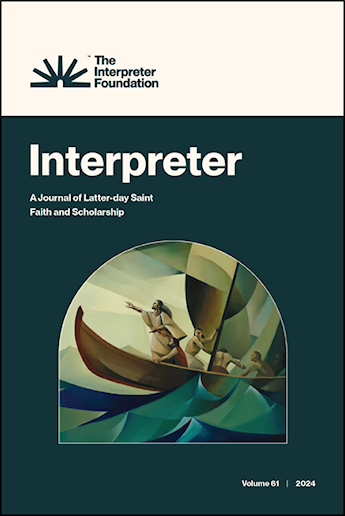Again, show me a witness that said he did not use the plates when translating, first hand account. You can't and won't. If I'm making it up then surely you can prove me wrong, so far you're only response to keep labeling me and not showing any evidence or facts when you keep saying for me to wait, will get back to me and you're going to dig deeper... when Markk?
Question(by Joseph the third): What of the truth of Mormonism?
Answer (by Emma): I know Mormonism to be the truth; and believe the Church to have been established by divine direction. I have complete faith in it. In writing for your father I frequently wrote day after day, often sitting at the table close by him, he sitting with his face buried in his hat, with the [seer] stone in it, and dictating hour after hour with nothing between us.
Q. (by Joseph the third) Are you sure that he had the plates at the time you were writing for him?
A. (by Emma)The plates often lay on the table without any attempt at concealment, wrapped in a small linen table cloth, which I had given him to fold them in. I once felt of the plates, as they thus lay on the table, tracing their outline and shape. They seemed to be pliable like thick paper, and would rustle with a metalic sound when the edges were moved by the thumb, as one does sometimes thumb the edges of a book.

